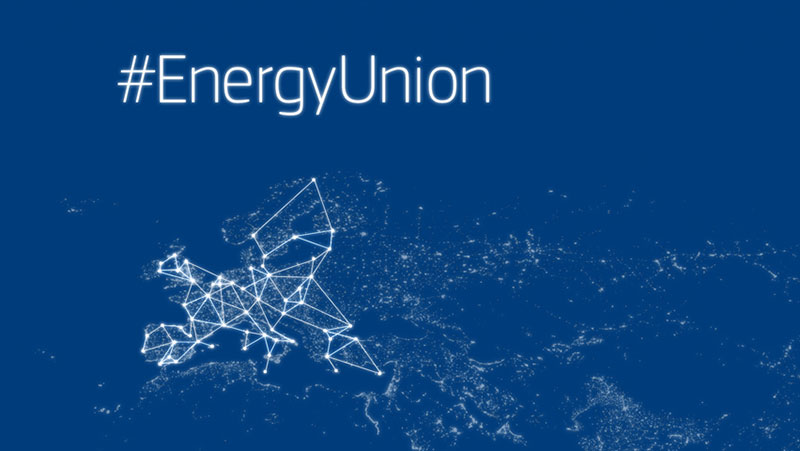The Third Report on the State of the Energy Union shows that Europe’s transition to a low-carbon society is becoming the new reality on EU’s ground. The Third State of the Energy Union Report published today tracks the progress made over the past year after the publication of the Second State of the Energy Union in February 2017 and looks forward to the year ahead. The Third Report on State of the Energy Union also confirms that energy transition is not possible without adapting the infrastructure to the needs of the future energy system.
To address this, the Commission today adopted a Communication on the 2030 electricity interconnection target of 15%. It also adopted the third list of Projects of Common Interest (PCI).
Commenting on the report Maroš Šefčovič, the Vice-President responsible for the Energy Union, said: “The Energy Union will only succeed if we all pull in the same direction. The aim is to deliver on our commitment to complete the Energy Union by the end of the Commission’s current mandate. By 2019, the Energy Union must no longer be a policy but a daily reality benefitting every European citizen. This will require increased ownership by all parts of society. Therefore, I see the next year as the year of engagement”.
Miguel Arias Cañete, Commissioner for Climate Action and Energy, said: “Europe’s energy transition is well underway, with record levels of renewable energy and rapidly falling costs. But Europe’s energy infrastructure must develop in the same direction and with the same speed to fully support this energy transition. That’s why we are proposing to focus the new list of projects on key electricity interconnections and smart grids. Today’s steps to boost clean energy infrastructure are another important move towards making our energy system more sustainable, more competitive and more secure – providing genuine European added value”. The full press release is available online in all languages.



